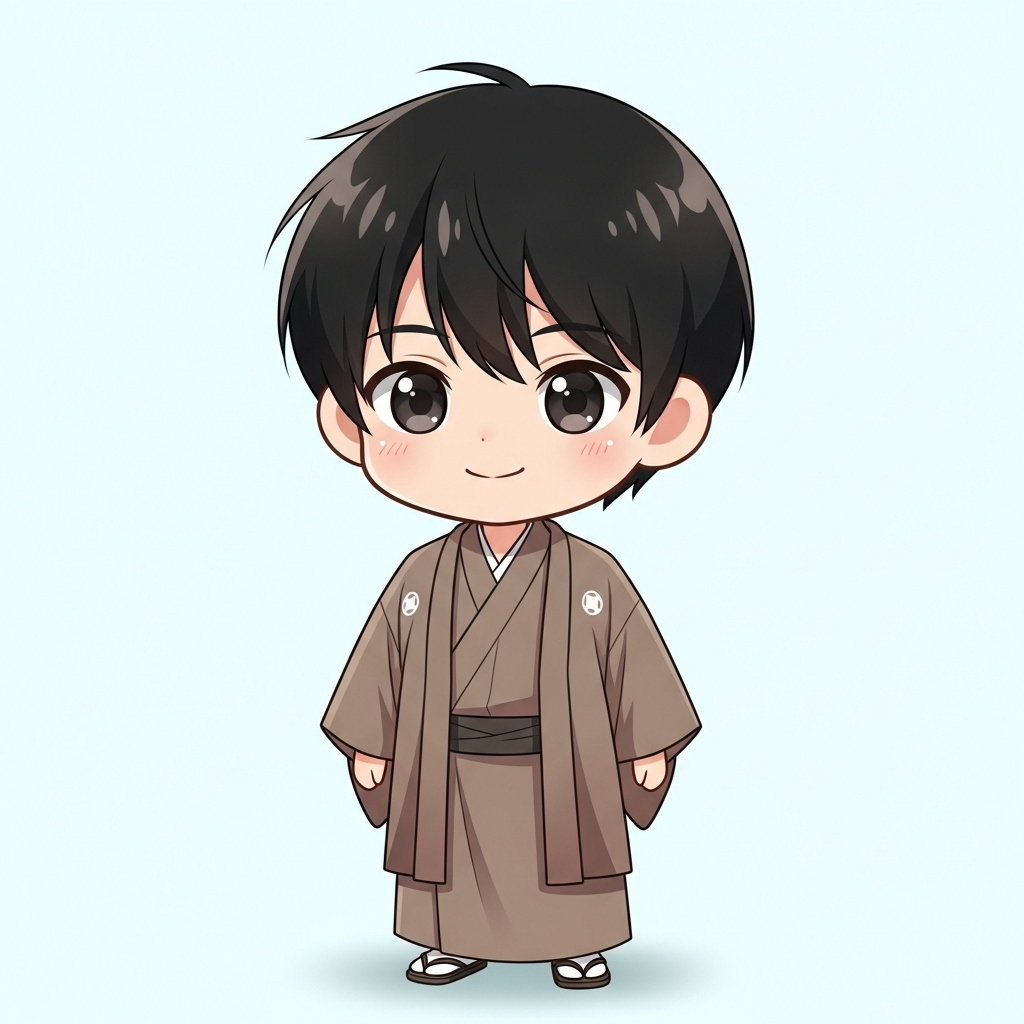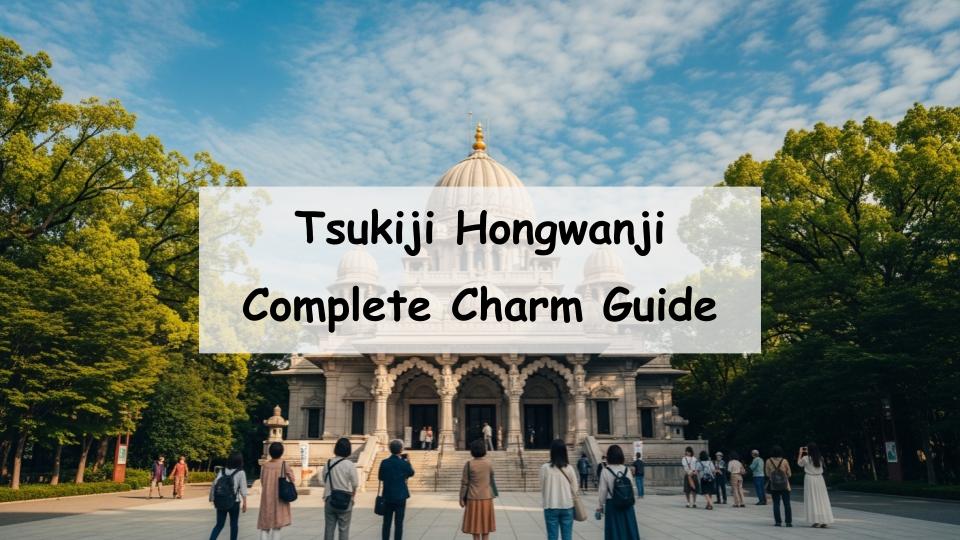Are you researching Tsukiji Hongwanji and wondering about its historical background, architectural appeal, or how to get there? This article will answer all your questions by exploring the temple’s unique characteristics, must-see highlights, and detailed access information. From its fascinating history to its exotic design and nearby attractions, you’ll find everything you need to know—whether it’s your first visit or a return trip. Dive in to discover the full charm of Tsukiji Hongwanji.
What is Tsukiji Hongwanji? History and Basic Information
Historical Background of Tsukiji Hongwanji
Tsukiji Hongwanji, located in Tokyo’s Chuo Ward, is a temple belonging to the Jodo Shinshu Hongwanji sect. It was originally established in 1617 as a branch of Nishi Hongwanji in Asakusa. However, it was destroyed in the Great Fire of 1657. The temple was then relocated to the reclaimed land of Tsukiji, where devoted followers helped rebuild it. After being heavily damaged in the 1923 Great Kanto Earthquake, the temple was reconstructed into the form we see today.
Architectural Style and Unique Features
One of the most distinctive aspects of Tsukiji Hongwanji is its architectural style, which diverges dramatically from typical Japanese temples. Renowned architect Chuta Ito designed the current structure, incorporating Indian and ancient Middle Eastern motifs into a stone-built temple. Its majestic appearance transcends religious design and stands as a cultural and artistic landmark that continues to captivate visitors.
Main Facilities and Highlights Within the Temple Grounds
Centered around the grand Main Hall, Tsukiji Hongwanji’s grounds feature various facilities including a multipurpose hall, a café, a shop, and a museum. Visitors are welcome to enter the Main Hall, where a serene and sacred atmosphere offers a moment of peace. The grounds are also landscaped with seasonal flowers, and frequent events such as concerts and lectures contribute to its role as a local cultural hub.
Exploring the Beauty and Highlights of Tsukiji Hongwanji
Architectural Beauty and Photo Opportunities
The grandeur of Tsukiji Hongwanji’s structure is one of its major attractions. The view from the front staircase to the temple façade resembles an ancient temple, leaving a strong impression on all who visit. The symmetry, intricate carvings, and majestic columns offer endless photo opportunities. Inside, the stained-glass windows and marble pillars add elegance, making it a favorite spot for architecture lovers and photographers alike.
Seasonal Events and Ceremonies
Throughout the year, Tsukiji Hongwanji hosts a range of Buddhist ceremonies and seasonal events. From the Flower Festival in spring to Bon dancing in summer, the Hoonko memorial service in autumn, and the traditional bell-ringing ceremony on New Year’s Eve, the temple offers year-round cultural and spiritual experiences. These events are often open to the public, making them accessible and enjoyable even for first-time visitors.
Café and Shop Experiences Within the Grounds
The on-site café, Tsukiji Hongwanji Café Tsumugi, offers a relaxing space to unwind after exploring. With a modern Japanese interior, the café serves visually stunning dishes and traditional sweets that are both delicious and Instagram-worthy. The adjacent shop sells original merchandise and books, perfect for souvenirs or thoughtful gifts.
How to Access Tsukiji Hongwanji and Nearby Attractions
How to Get There: Train and Bus Access
Tsukiji Hongwanji is easily accessible by public transportation. The nearest station is Tsukiji Station on the Tokyo Metro Hibiya Line, just a short walk from Exit 1. Alternatively, Shin-Tomicho Station on the Yurakucho Line is also within walking distance. With its central Tokyo location, the temple is easy to reach whether you’re on a sightseeing tour or a casual stroll.
Recommended Tourist Spots Around the Area
While visiting Tsukiji Hongwanji, don’t miss the chance to explore nearby attractions. The famous Tsukiji Outer Market is just a stone’s throw away, offering fresh seafood, traditional snacks, and local specialties. From there, you can easily access Ginza for shopping or enjoy nature at Hamarikyu Gardens. The surrounding area offers a rich mix of history, culture, and modern charm.
Local Gourmet Experiences You Shouldn’t Miss
The Tsukiji area is a paradise for food lovers. You’ll find everything from fresh sushi and seafood bowls to traditional sweets and fusion cafés. Many eateries open early in the morning, making it a popular spot for breakfast. Whether you’re seeking a quick bite or a full dining experience, the neighborhood promises culinary satisfaction for every palate.
Tips and Q&A for Visiting Tsukiji Hongwanji
Etiquette and Dress Code for Visitors
Since Tsukiji Hongwanji is an active religious site, visitors are expected to observe proper etiquette. Loud conversations, eating or drinking within sacred areas, and intrusive photography should be avoided. When it comes to attire, modest clothing is recommended, especially if you’re attending a religious service or ceremony. Respectful behavior is appreciated at all times, whether you’re a tourist or a spiritual seeker.
Frequently Asked Questions
Common questions about Tsukiji Hongwanji include: “Is there an entrance fee?”, “What are the opening hours?”, and “Is English support available?” The good news is, admission is free, and the temple is generally open from 6 a.m. to 5 p.m. Some signage and information are available in English, making it friendly for international visitors. Be sure to check the official website for the latest updates on events and facilities before your visit.
Tsukiji Hongwanji is far more than a temple—it’s a place where tradition, art, and community come together. Whether you’re drawn by its exotic architecture, peaceful atmosphere, or the vibrant surroundings of Tokyo, Tsukiji Hongwanji offers something for everyone. Add it to your Tokyo itinerary and experience its rich spirit and beauty firsthand.
A Message from the Guide

I was struck by how the exterior makes you wonder, ‘Is this really a temple?






Comment